Medical endoscopes are a vital tool used in modern medicine for diagnostic and therapeutic purposes. These instruments are designed to allow physicians to see inside the body's internal organs and tissues without the need for invasive surgery. There are several different types of medical endoscopes, each with unique features and functions.
Classification of Medical Endoscopes Medical endoscopes can be classified based on their intended use, the location of the body they are designed to examine, and the technology used to visualize the internal structures. The most commonly used types of medical endoscopes are:
Gastrointestinal endoscopes: These are used to examine the digestive tract, including the esophagus, stomach, and intestines.
Bronchoscopes: These are used to examine the airways and lungs.
Urological endoscopes: These are used to examine the urinary tract, including the bladder and kidneys.
Laparoscopes: These are used to examine the abdominal cavity and organs such as the liver, pancreas, and spleen.
Arthroscopes: These are used to examine the joints, such as the knee, shoulder, or hip.
Structure of Medical Endoscopes Medical endoscopes are typically made up of four main components: the insertion tube, the control section, the optics, and the light source. The insertion tube is the flexible or rigid shaft of the endoscope that is inserted into the body. The control section is the handle or control panel that the physician uses to manipulate the endoscope and control its movements. The optics and light source are located at the tip of the insertion tube and provide the physician with a clear view of the internal structures being examined.
The optics consist of a lens system and an image sensor. The lens system is designed to focus the light from the light source onto the internal structures being examined. The image sensor captures the light and converts it into a digital image that is displayed on a monitor.
The light source is typically located in the control section and provides the light that is transmitted through the insertion tube to illuminate the internal structures being examined. Light sources can be either external or internal to the endoscope.
Function of Medical Endoscopes Medical endoscopes are used for a variety of diagnostic and therapeutic purposes. They allow physicians to examine internal structures and diagnose conditions such as tumors, ulcers, and inflammation. Endoscopes can also be used for therapeutic procedures such as removing polyps, stopping bleeding, and removing foreign objects.
In addition to visualizing the internal structures, some endoscopes have additional capabilities, such as the ability to take tissue samples (biopsies) or administer treatments directly to the affected area.
Overall, medical endoscopes have revolutionized modern medicine by allowing physicians to see inside the body without the need for invasive surgery. As technology continues to advance, it is likely that endoscopes will become even more sophisticated, enabling physicians to diagnose and treat an even wider range of medical conditions.




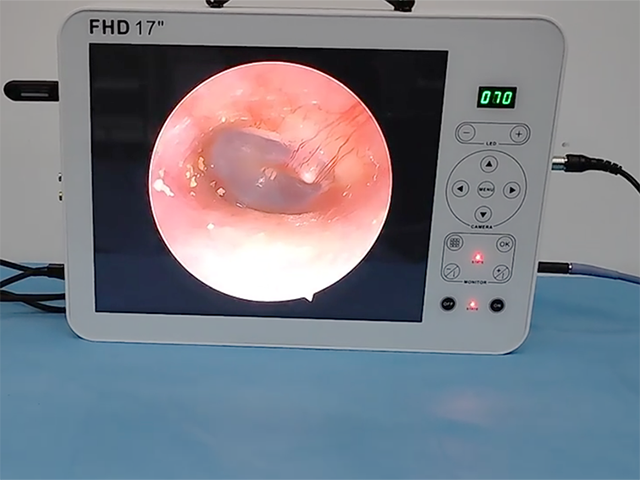
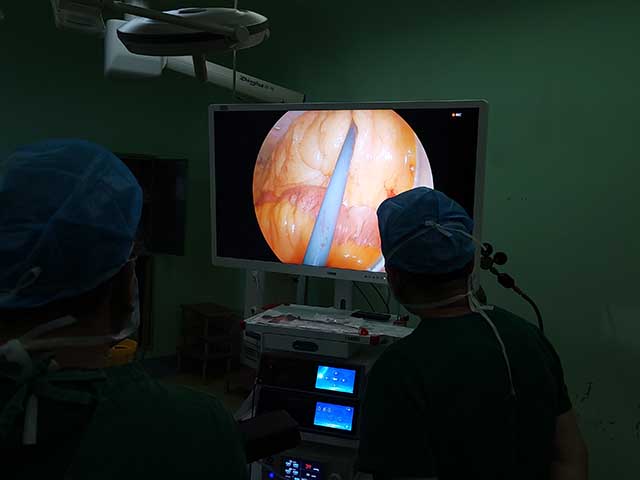
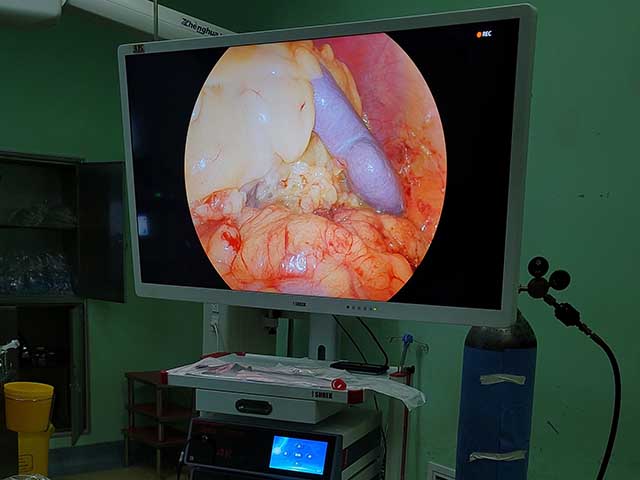

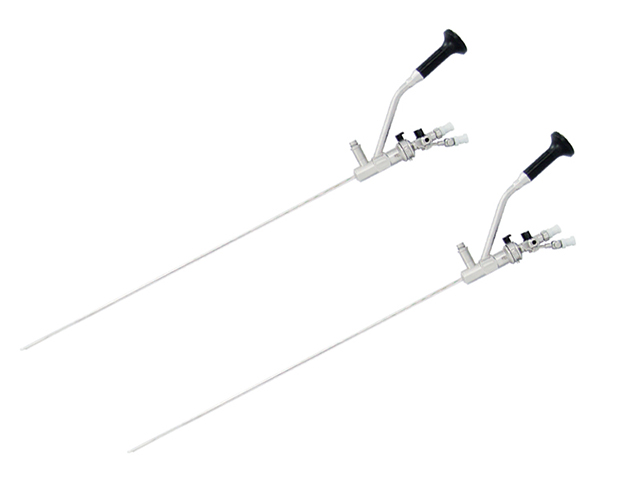
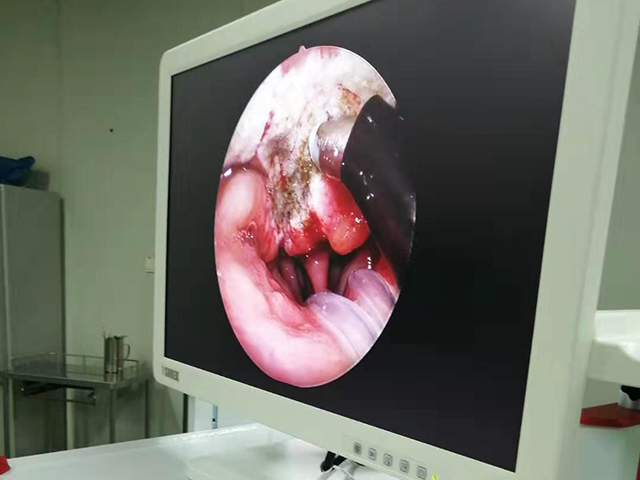
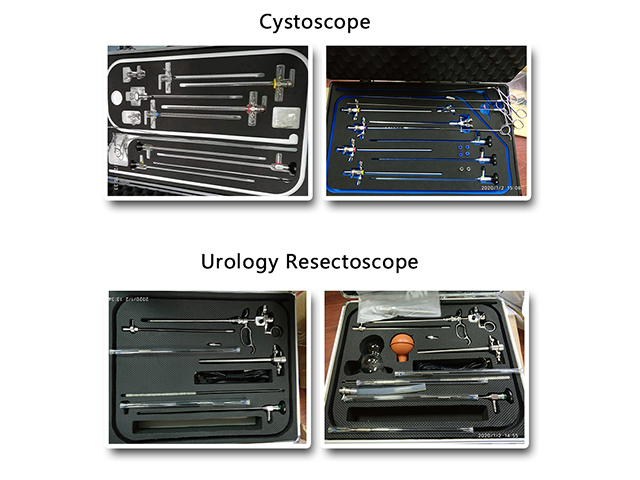
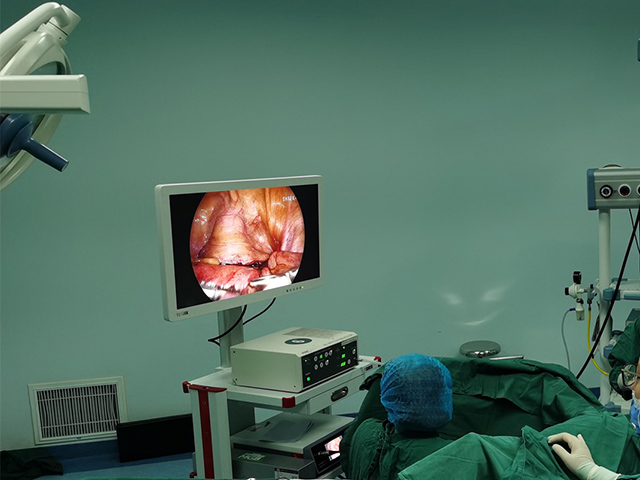
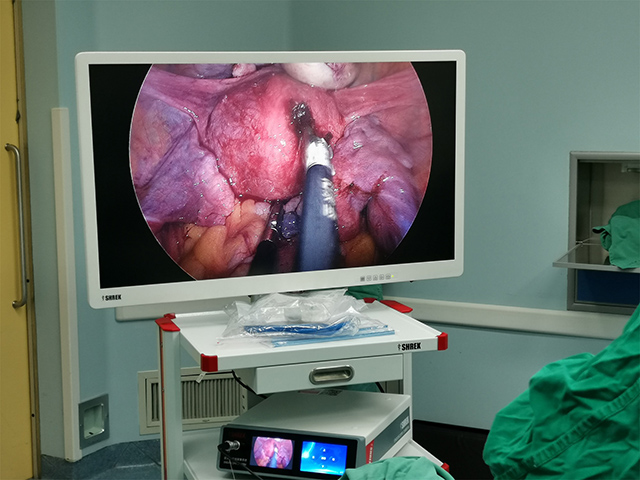
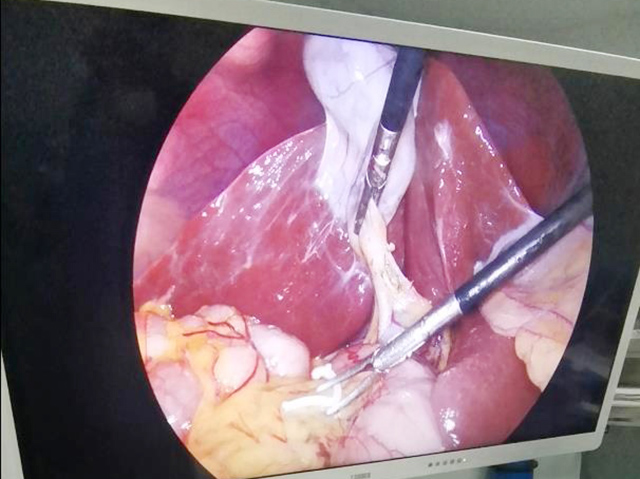


Leave A Inquiry